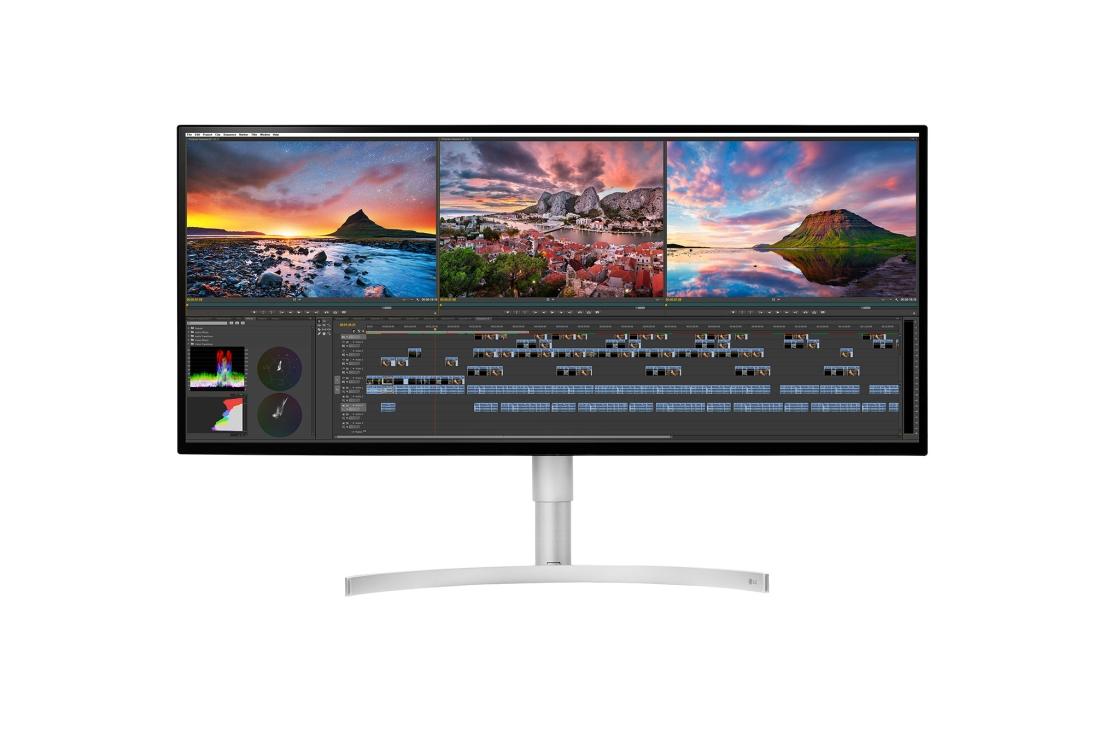Absolutely,
@kageman , and
@PicLock ,
I'm not sure if you are are starting from scratch with your build or you are moving your previous install to the new hardware. My case was the latter - I moved my install from failed MB. Also I'm running internal graphics, but technically from the installation stand point it does not matter.
What I did was:
1. I haver installed and configured clover on the USB (just that, nothing else) as High Sierra clover done by Unibeast will not work. You will be missing missing OsxAptioFix2Drv-free2000.efi at least and you have to have it there to start your system. Also I wanted to have something like generic boot loader just in case. So I was using this guide for clover-
@CaseySJ , please let me know if I can share a link to other website.
or you can use install clover and configure it based on the preinstallation steps as well. In fact I would recommend to compare your USB Clover config to Casey's one before the first boot.
2. Boot into Clover and here you have you High Sierra right after first boot
3. Follow the post installations steps to the t, EXCEPT for one point - Macmini8,1 obviously will not work on High Sierra as it simply did not exist back then, so I was on 14,2 and I left it that way.
I did not have any major issue, those that I had mostly due to something was overlooked. It is very important to complete and follow Post Installation steps TO THE T.
If I were installing High Sierra from scratch I would have gone pretty much the same route - would not be using Unibeast in this specific case, but rather run manually High Sierra's createinstallmedia app and would install Clover on the USB in the end.
Let me know if that makes sense.

